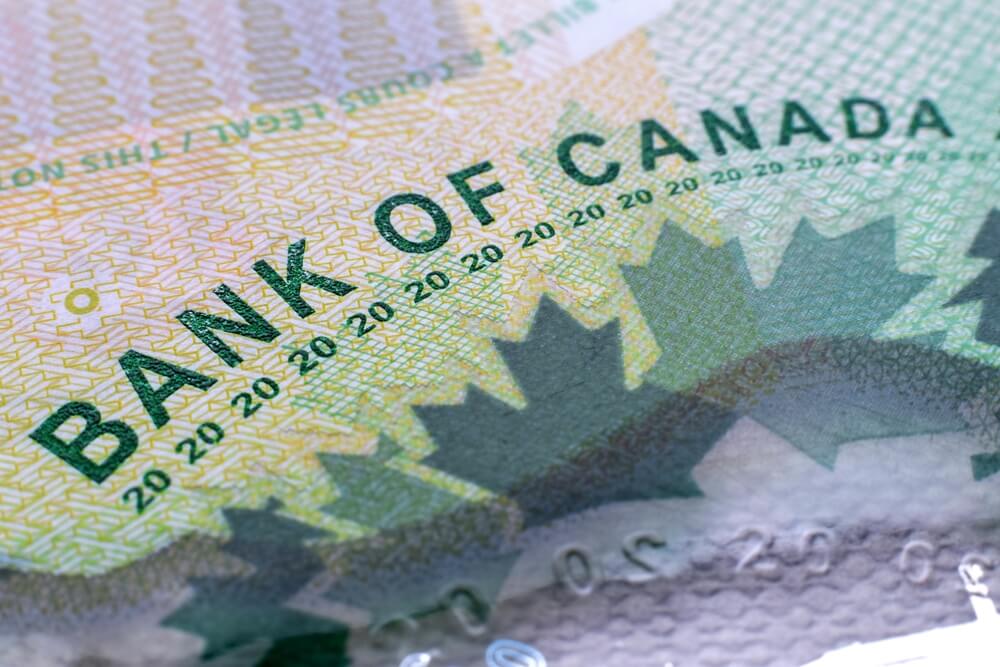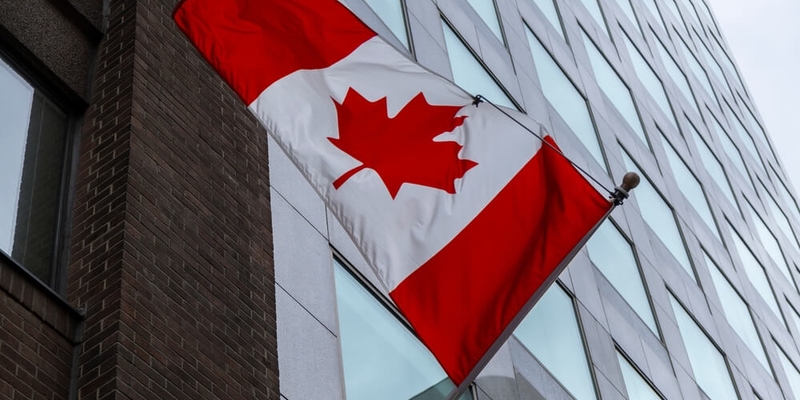Compare Home Insurance Quotes from 50+ Providers
Compare and save an average of 30%* on home insurance with RATESDOTCA. Get a better rate.
Compare home insurance quotes from providers you trust
Head straight to:
- What is a home insurance quote?
- Different types of home insurance quotes
- Home insurance 101
- The key elements of home insurance coverage
- Optional home insurance coverage & endorsements
- What is not included in a typical home insurance policy
- 7 ways to get cheap home insurance
- How to get your home insurance quotes on RATESDOTCA
- Factors that determine your home insurance premium
- Canada Personal Property Insurance Premium Rate Index (2021 – 2023)
- Personal property insurance statistics in Canada, 2012 – 2022
- What do these recent home insurance trends mean to Canadians?
- Frequently asked questions about home insurance in Canada
What is a home insurance quote?
A home insurance quote estimates the cost of protecting your home from a range of perils.
A house insurance quote is the same thing; the terms are used interchangeably.
When you request quotes using our online tool, you’ll see a breakdown of the cost or premium, annually and monthly.
The premium is determined by a range of factors, including the type of home insurance policy you select. Companies may describe different types or tiers of coverage differently. Don't worry about that. Instead, focus on which perils the policy you're considering protects against – or excludes.
You may come across references to ‘all perils’ and ‘named perils’ in the description of a policy. These are insurance industry terms that refer to different forms of damage.
In general, the greater the volume of perils a policy protects against, the more expensive your premium is likely to be.
Comparison shopping for the cheapest premium is the fastest and most efficient way to secure the best home insurance coverage for the lowest rate. Get started with our free online tool. After sharing details about your home and yourself, RATEDOTCA surveys available home insurance quotes from dozens of providers and reflects the cheapest home insurance quotes.
Different types of home insurance quotes
Insurance providers may use trademarked names to promote various home insurance packages, but, in general, there are three types or tiers of coverage from which to choose. Though they share much in common, they differ in the amount of coverage they provide.
- Basic home insurance: Also known as ‘named perils insurance,’ basic home insurance coverage is great for homeowners looking to save a little cash in exchange for risking a financial hit on excluded items (in the event of a claim). It provides the least amount of coverage for your house and contents; your home is only protected against perils explicitly named in your policy. For this reason, you’ll sometimes see this policy type referred to as a named perils policy. ‘Fire’ is an example of a named peril you might see in a basic package. If it isn’t stated in your policy, you don’t have insurance protection against it. You may also see some insurance providers describe this type of policy as ‘limited.’
- Broad home insurance: A broad home insurance policy gives more robust coverage – an upgrade to the basic package because it provides all perils coverage to your home and named perils coverage to your contents. Some insurance providers describe this type of policy as ‘standard’.
- Comprehensive home insurance: This is the most inclusive (and expensive) type of home insurance. A comprehensive policy applies all perils coverage (except for exclusions listed in the policy) to your home and your contents, as indicated in the policy. This type of coverage, which is considered the most amount of coverage you can purchase before endorsements are added, is sometimes referred to as an all perils policy.
Recent home insurance quotes

Recent home Insurance Quote from Belle river, ON
Semi-detached 1,741 sq ft
July 05, 2025
Cheapest Quote
$ 114 / month
$ 1,364 / yearAverage Quote
$ 240 / month
$ 2,878 / yearSavings
$ 126 / month
$ 1,512 / year
53 %
Recent home Insurance Quote from Orléans, ON
Townhouse 1,743 sq ft
July 05, 2025
Cheapest Quote
$ 68 / month
$ 811 / yearAverage Quote
$ 106 / month
$ 1,267 / yearSavings
$ 38 / month
$ 456 / year
36 %
Recent home Insurance Quote from Orléans, ON
Detached 1,502 sq ft
July 05, 2025
Cheapest Quote
$ 69 / month
$ 822 / yearAverage Quote
$ 101 / month
$ 1,213 / yearSavings
$ 33 / month
$ 396 / year
32 %
Home insurance quotes are compared from Apollo Insurance, CAA, Economical Insurance, Pembridge, Square One Insurance, and SGI
Home insurance 101
Whether you live in a house in Mississauga, a condo, townhouse or rental, when it comes to insurance coverage, one of the first decisions you’ll have to make is how much protection you want.
Most home insurance policies come with three basic aspects: protection against perils, protection of contents and liability protection.
You’ll choose between two main policy types, each distinct for the protection they offer around perils:
- A comprehensive policy — often referred to as an all-perils policy — will cover you for all perils to your home and its contents, except for those specifically excluded.
In other words, you will be protected financially if your home and its contents are damaged, but you won’t be covered for named exclusions.
- A named perils policy will cover your home and its contents against perils specifically named in a policy.
Though you’ll have the option to choose between policy types, brokers say comprehensive policies tend to be the most common.
Once you choose between an all-perils or named perils policy, we recommend you consider getting additional coverage for flood protection.
Though a comprehensive policy will offer protection against water damage, such as a burst pipe, flooding is often an exclusion.
Adding to the complication, insurance providers distinguish between different types of flood protection while others offer blanket water protection packages.
Insurance providers categorize flood protection in the following manner:
- Groundwater: When groundwater enters a home through the foundation, floors or basement walls due to sudden accumulation of water after heavy rain or melted snow.
- Overland: When water floods a home at, or above, ground level from a lake or river. It’s most common during a natural disaster, severe weather or thaw.
- Sewer backup: When sewage floods into a home, entering through drains and toilets. This is common when a stormwater system is overwhelmed, especially in low-lying areas or floodplains.
- Tidal: When saltwater floods a home following a tidal wave or tsunami. Tidal flooding is not relevant for Mississauga residents.
What’s important is that you have flooding protection for your home.
Consider getting protection that covers every type of flood risk, particularly if you live in an area that has flooded in the past, or if you know the home is situated on a floodplain.
7 ways to get cheap home insurance
Saving on the cost of home insurance is easier than it may seem, particularly when you apply any of the following tactics.
- Agree to a credit check: In some provinces, you can consent to allowing an insurance provider to check your credit score. If your score is good, you may be eligible for savings. If your score is less than good, don’t worry, providers are not allowed to increase your rates in response.
- Bundle your home and auto insurance policies: Make sure each is held by the same provider. When an insurance company holds more of your business, they’re more likely to offer a discount.
- Fine-tune your policy: Purchase the protection you need, nothing more. Start by gauging your own risk tolerance. Will you be content if, in the event of a claim, your damaged belongings are not fully covered? If the answer is yes, then basic homeowners coverage might be sufficient for you.
- Increase your deductible: When you increase the amount that you’ll pay out of pocket in the event of a claim, you can usually lower your monthly costs. However, we recommend that you closely consider whether you’ll have the cashflow available. Monthly savings are no good if you can’t afford a higher deductible.
- Install safety features: Any step you take to prevent damage or increase safety to your home could result in savings on your policy. For example, installing smoke, Carbon Monoxide and burglar alarms could earn you a discount.
- Keep your home in good repair: Home insurance policies will protect you against perils that are sudden or unexpected. However, they won’t cover damage resulting from neglect. For example, if your roof collapses because it hasn’t been properly maintained, your policy won’t cover the cost of damage.
- Pay up front: If you’re able to pay up front for the home insurance policy, you’re likely to save.
What people say about our quotes

Based on 6,447 reviews

Amazing
Very helpful and easy to use
Safe travels

Easy quick selection of rates
Easy quick selection of rates
J K

Great help in finding the best rate!
Great help in finding the best rate! Thanks a lot!
Ruthielyn opina

I like how I can quickly I can select…
I like how I can quickly I can select travel insurance. The web site had an issue earlier but seemed to correct itself.
Dennis

prompt service
Respnded quickly, recommended company was excellent
Michael W.

Save time and money with rates.ca
I always use rates.ca for my travel insurance. They compare rates from several insurance companies and I can choose the package that suits my needs. I save time, frustration, and best of all, money. Thank you rates.ca, I will definitely be using your service again in the future.
customer
Home insurance premium trends 2011-2021
Personal property insurance statistics in Canada, 2009-2020
As seen in this table (data taken from the IBC's annual factbook), Canadian property insurance claims have risen steadily over the last 10 years. Unsurprisingly, net written premiums have also increased:
**Home insurance prices are based on RATESDOTCA home insuramap data for policy transfers from 2011 through early 2021. Personal property damage claims growth rate is based on Insurance Bureau of Canada (IBC) data from 2009 through 2019, the most recent ten-year period available.
What do these recent home insurance trends mean to Canadians?
Insurance companies make money in two ways: through premiums and through investments. When interest rates are low, it’s more difficult for them to make money from investments. As a result, premiums go up. Since auto insurance premiums cannot be increased without government approval, providers adjust home insurance rates instead.
Adding to difficulty for consumers is the inescapable fact that in the last ten years insurance providers have been paying record amounts of claims due to catastrophic losses caused by natural disasters and severe weather.
In 2021, insured damage for severe weather events across Canada was $2.1 billion, according to the insurance Bureau of Canada. The year, which included hailstorms in Calgary, Alberta and extensive flooding in British Columbia ranks as the sixth highest in insured losses of this type since 1983.
As more homes in Canada are damaged by extreme weather events and flooding, the benefits of a home insurance policy are increasingly significant.
To avoid high premiums, we recommend that Canadians take the important step of comparison shopping for the best home insurance rate. Though there are several other ways to reduce a home insurance rate, comparison shopping is the single most effective tactic.
*Shoppers in Alberta who obtained a quote on RATESDOTCA from January to December 2021 saved an average percentage of 36%. The average savings percentage represents the difference between the shoppers’ average lowest quoted premium and the average of the second and third lowest quoted premiums generated by RATESDOTCA. Excludes tenant and condo insurance.








